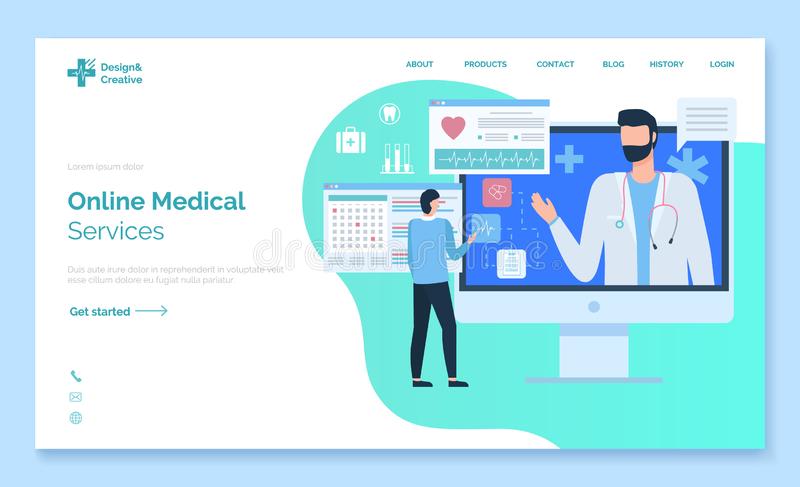When you are looking to improve the appearance of your healthcare website, you should pay attention to several aspects. These include the Site structure, the Patient-centric experience, the Color palette, and the Texture. With these factors in mind, you can build a website that is both attractive and functional. In addition, a well-designed site will help increase the number of patient visits.
Patient-centric experience
Creating a patient-centric experience is critical for healthcare website design. The entire patient journey must be aligned with the patient’s expectations, preferences, and aspirations. This encompasses everything from patient plans and systems to interactions with healthcare staff. It also includes the design and layout of waiting rooms and other areas. This way, patients and healthcare professionals can work together more effectively and make decisions based on their needs.
In addition to a user-friendly design, healthcare websites must incorporate tools that make the patient experience easy and convenient. For example, patient resources should include ways to securely submit documents and prescription refills. These tools can improve the overall patient experience while improving operational efficiency. Additionally, patient-centric healthcare websites should include lead generation functionality. Check out hospice murrieta best care service.
Color palette
Using a warm color palette can help create a welcoming atmosphere on a healthcare website. For example, the Hunger Project website uses dusty blue as the central color, with touches of magenta and lime for warmth. Blue conveys feelings of calmness, confidence, and safety, which are all important aspects of healthcare. It is also associated with life support.
Many healthcare organizations make use of a similar color scheme in their web design. Some use a large photo as the background, while others use a smaller photo for the same purpose. Another option is to use a megu menu on the header of the website. A healthcare website could also use a photo of a hospital building to convey credibility. Check out guide about hospice care providers los angeles.
Texture
Texture is a great way to add depth to your design. You can also use it to add uniqueness and personality. It can also help guide the user’s attention to the content. Here are a few examples of the use of texture on healthcare websites. Use a combination of colors, textures, and shapes.
Using a combination of colors and textures is a great way to create an appealing website. When used correctly, textures can direct the line of sight and can be used for typesetting. You should always use them in coordination with other visual rules to achieve your desired output. Using different textures for different content is also a good idea because it conforms to the law of contrast.
ADA guidelines
One of the ADA guidelines for healthcare website design is to use a limited color scheme. Typically, this includes light blue, green, and aquatic colors. The colors used should make sense to visitors, and the graphics should fit together in a pleasing way. Avoid cramming your page with too many graphics, and ensure that there is enough white space to allow for easy reading and navigation.
Compliant with ADA guidelines will ensure that patients with disabilities can easily access the information on your website. You also want visually impaired individuals to be able to read the text on the site. The ADA Guidelines include over 60 guidelines that must be followed to ensure that your site is accessible to everyone. If you’re not sure where to start, consult with a web development agency that understands the requirements.

